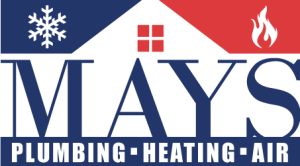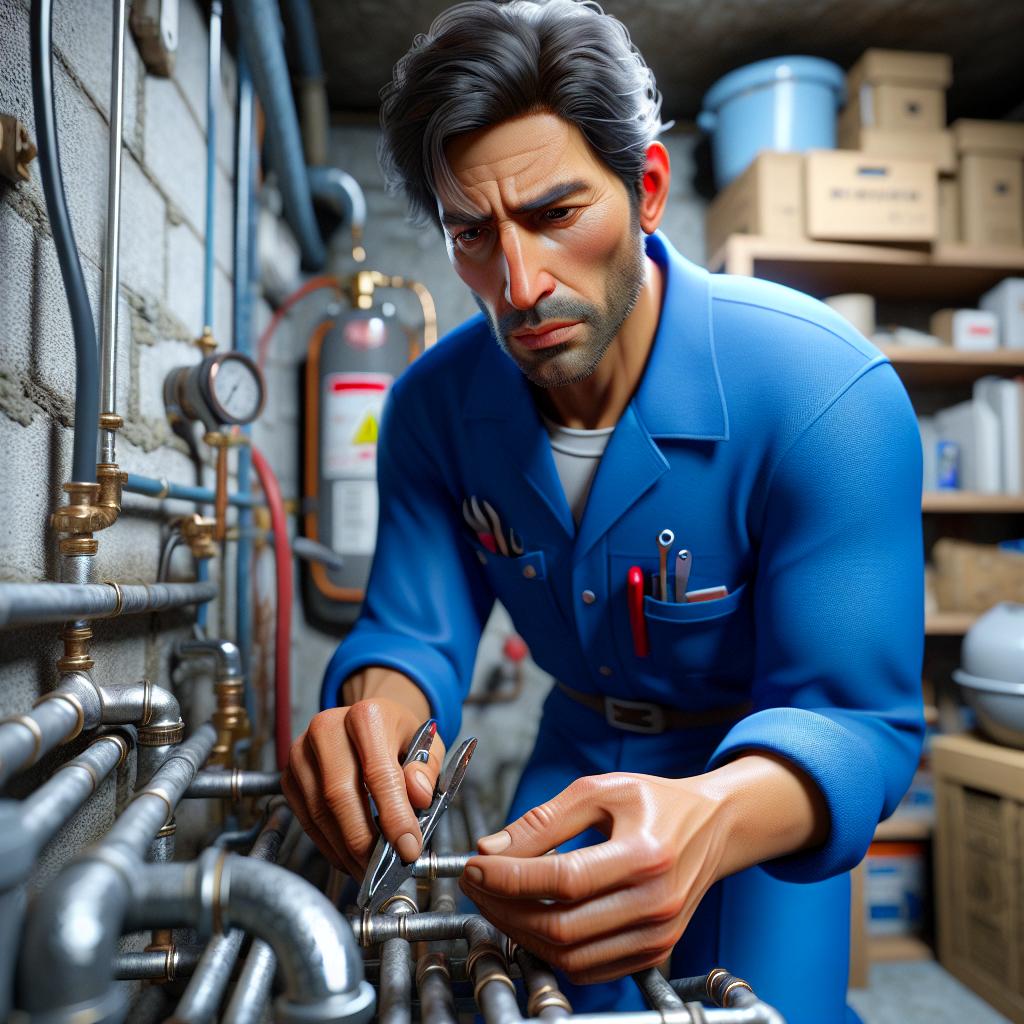Cracking the Code: Unraveling the Secrets of Your Home Plumbing System
Your home plumbing system is more than just a network of pipes and faucets. It is a highly complex entity designed to deliver water, one of life’s basic necessities to run a home efficiently. In order to maintain your plumbing system, it is essential to understand its intricacies, and that’s why we’ve put together this guide on unraveling the secrets of your home plumbing system.
The Basics of Your Home Plumbing System
Learning the basics is the first step in understanding your home plumbing system. A home plumbing system mainly consists of two subsystems: the fresh water system that brings water into your house, and the drainage system that takes it out. It’s a simple yet effective way of ensuring your home runs smoothly.
The Fresh Water System
The fresh water system, more formally known as the water supply system, is a high-pressure system that brings water to your faucets and appliances. The water comes into your home through a main water line, usually made of galvanized steel, copper, or plastic. It then passes through a water meter that measures and tracks your water usage.
The Drainage System
The drainage system, also known as the drain-waste-vent (DWV) system, works entirely on gravity. This system transports wastewater from your home to the sewer or septic tank. The drainage pipes are usually arranged in a specific way to ensure the water moves downhill. Additionally, the vent pipes allow sewer gases to escape and provide air pressure so wastewater can flow freely.
Common Components of a Home Plumbing System
When you flip a switch or turn a knob in your home, it sets off a complex system of components designed to make your life easier. Here are some basic parts that make up your home plumbing system:
The Fixtures
The various faucets, showerheads, hoses, sinks, and toilets in your home are all plumbing fixtures. They are the most visible parts of your plumbing system and the ones you directly interact with most frequently. Each fixture is connected to the water supply or drainage system and serves specific purposes.
The Valves
The valves control the flow of the water in your plumbing system. The most commonly known valves are the ones at the sinks and showers, but you also have main shutoff valves, located near your water meter, and supply stop valves, located at each fixture.
The Pipes
Pipes are the veins and arteries of your home, carrying fresh water in and wastewater out. They can be constructed of several different materials, but the most common ones are copper and PEX (cross-linked polyethylene).
Decoding Common Plumbing Problems
Understanding common plumbing problems can give you a head start on addressing them. Here are a few problems you might encounter:
Leaky Faucets
A leaky faucet is not only irritating, but it can also waste a considerable amount of water over time. A worn-out washer often causes it, which is a relatively easy and inexpensive fix.
Clogged Drains
A clogged drain can bring many activities in your home to a halt. Whether it is the kitchen sink or the bathroom drain, a buildup of gunk can lead to slow or non-functioning drains. Plungers, plumber’s snakes, or drain cleaners can usually solve the problem.’
Frozen Pipes
In colder climates, pipes can freeze and possibly burst, leading to significant water damage. Keeping your house warm and your pipes insulated is the best defense against frozen pipes.
Final Thoughts
Now that we’ve cracked the code of your home plumbing system, you’re better equipped to recognize and address common plumbing problems, and appreciate the wonderfully complex system that keeps your home humming. Remember, no matter how handy you may be, some jobs are best left to the professionals. Regular check-ups by an experienced plumber can help your home’s plumbing system stay in top condition.




